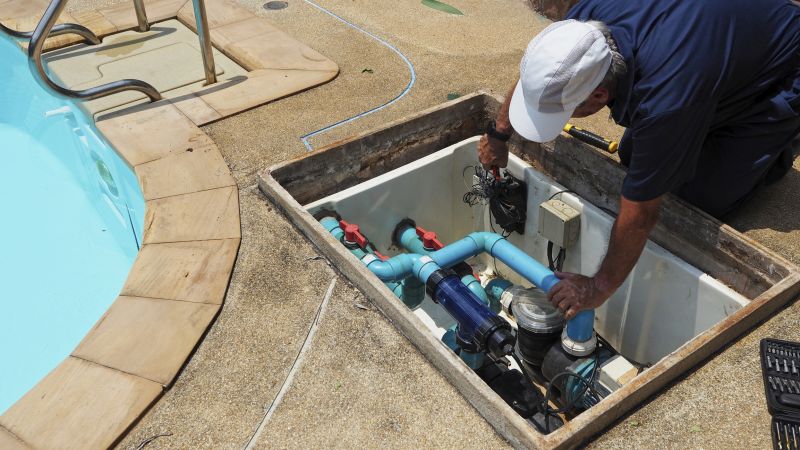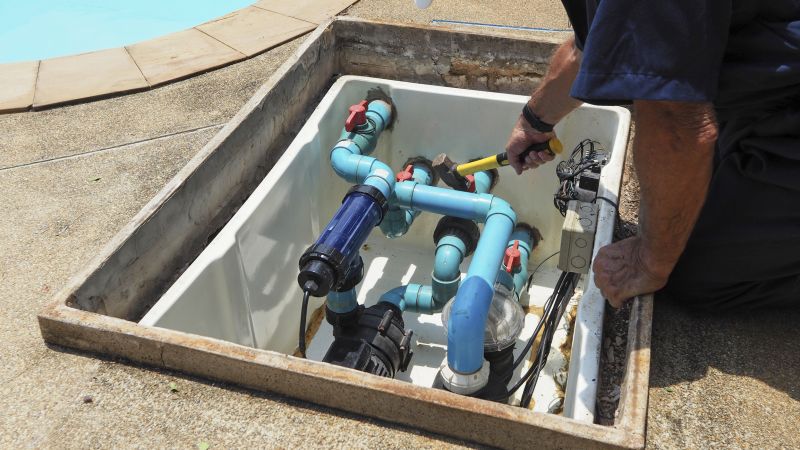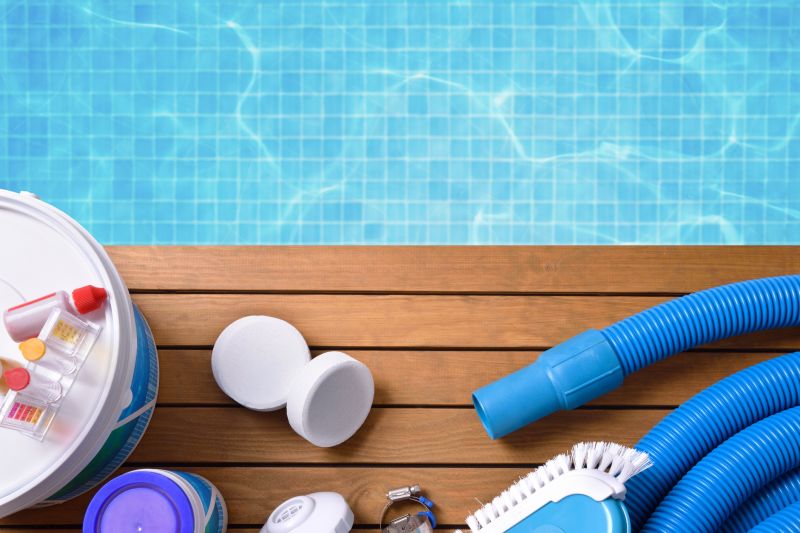Affordable Pool Pump Fixes for Long-Term Savings
Proper functioning of a pool pump is essential for maintaining clean and healthy water. Regular repairs and maintenance ensure optimal performance, prolong the lifespan of the equipment, and prevent costly breakdowns. Understanding the process and timing involved in pool pump repairs can help pool owners make informed decisions about professional service needs.

A technician carefully disassembles a pool pump to identify issues such as worn-out seals or damaged impellers.

A new motor is installed to restore water circulation and improve energy efficiency.

The repaired pump is reassembled and tested to ensure proper operation before returning to service.
Pool pump repairs typically take between a few hours to a full day, depending on the complexity of the issue. A professional technician begins with a thorough inspection, diagnosing problems such as leaks, electrical faults, or worn components. The repair process involves replacing faulty parts, reassembling the pump, and testing for proper function. Skilled technicians ensure that repairs are performed efficiently to minimize downtime and maximize equipment lifespan.
Engaging a professional for pool pump repairs offers several advantages. Experienced technicians have the right tools and knowledge to accurately diagnose issues, perform repairs safely, and ensure the pump operates at peak efficiency. Proper repairs can prevent future breakdowns, improve energy consumption, and extend the service life of the equipment. Attempting repairs without expertise may lead to further damage or safety hazards.
Identifies the root cause of pump failures, including electrical or mechanical issues.
Includes impellers, seals, motors, or electrical parts as needed.
Ensures the pump operates correctly and efficiently after repairs.
Offers advice and services to prevent future problems and extend equipment life.
| Repair Step | Description |
|---|---|
| Initial Inspection | Assess the pump to identify damaged or worn parts. |
| Diagnosis | Determine whether electrical, mechanical, or structural issues are present. |
| Part Replacement | Install new components to restore functionality. |
| Reassembly | Put the pump back together following manufacturer specifications. |
| Testing | Run the pump to verify proper operation and efficiency. |
| Final Inspection | Ensure all repairs meet quality standards before completion. |
The final stage involves testing the pump under operational conditions to confirm that all repairs have been successful. Proper testing ensures that the pump maintains consistent water flow, operates quietly, and consumes energy efficiently. Regular inspections and timely repairs can significantly reduce the risk of unexpected failures and costly replacements.

Showcasing a fully restored and operational pool pump.

Technicians performing a comprehensive pool pump repair on-site.

Specialized tools used for diagnosing and repairing pool pumps.
For reliable and efficient pool pump repairs, contacting a professional technician is recommended. Properly maintained pumps ensure consistent water quality and energy savings. Interested parties are encouraged to fill out the contact form to receive a detailed quote for pool pump repair services.



